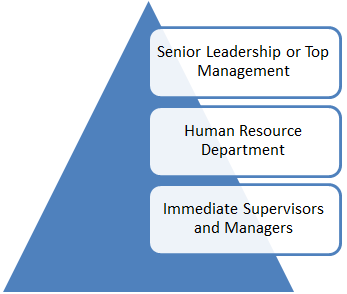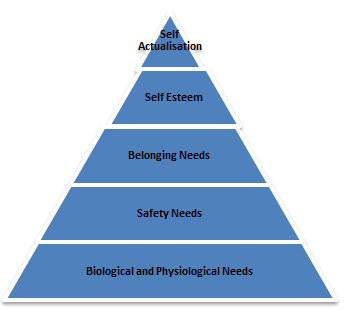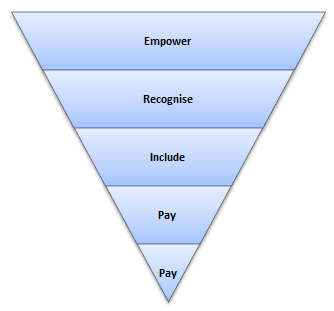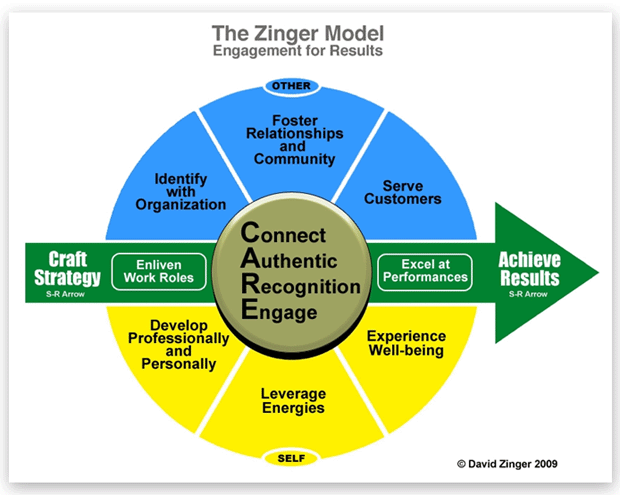1846
Employee Engagement / Key Players in enhancing Employee Engagement
« on: April 25, 2012, 04:49:04 PM »Most companies think that it is their performance management system and appraisal and reward strategies that enhance the levels of employee engagement. True but partially!
Most companies do not realize that human interaction is perhaps one of the most important elements in keeping the employees geared up to perform their best and enhance their competency levels. It is not only a basic need but the sole of an organisation that keeps it going.
Everyone who interacts with employees including top management, senior leaders, immediate supervisors and human resource team members play a vital role in shaping the mentality of an individual.
Though it is the fact that they need well designed policies and practices to support business functions and other programmes for enhancing the morale and improving the performance of an employee by enhancing their engagement level but the importance of human interaction cannot be denied. After all the process of employee engagement involves behaviour management.
It is no surprise that disengaged employees have an adverse effect on your standing in the business world. The world’s most admired companies have attained this status only by keeping their employees engaged by assigning them more challenging tasks according to their abilities. Employee development is high on their agenda.
But the question is who will find out why they’re not able to perform their best. What will keep them focussed towards their aims? How can you have the impact on their as well as business performance?
It is obvious that all this can be known through their interaction with their immediate superiors and the members of Human resource Department. Once the data is collected, the top management can support the entire process of employee engagement by deciding the priorities, making investments and designing and implementing various processes.
Key Players in Enhancing Employee Engagement
Immediate Supervisors and Managers
Lying on the bottom of the pyramid, immediate supervisors and managers play the most important role in enhancing the levels of employees. As they spend more time with them as compared to the HR people and senior leadership, they can easily determine their actions and find out what will keep them motivated.
Although the directions come either from top management or HRD but they are the one who execute the process and determine the satisfaction level of their workforce. They can interact with the employees and fill scorecards with columns such as actions of employees, what motivates them and job satisfaction level. This is the initial as well the most important step in the entire process.

Human Resource Department
Human Resource Department works on the data collected by the managers and determine the trend among the employees. They identify the most common factors that decrease the engagement levels among employees and the most common opportunities that can enhance it. They study all the cases thoroughly to identify the loopholes in the system and bring it to the notice of top management.
Senior Leadership or Top Management
They review the entire report and the process designed by the HRD or a management consulting firm to enhance the employee engagement levels. They support the process by deciding the priorities and making investments.




